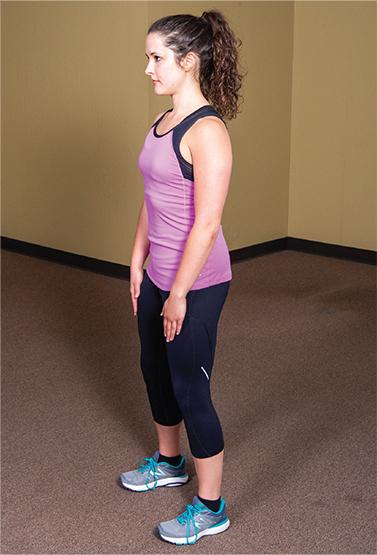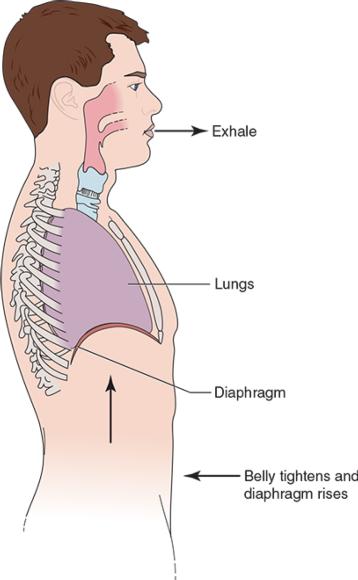Proper posture and breathing for your workout
This is an excerpt from Strength Band Training 3rd Edition by Phillip Page,Todd S Ellenbecker.
Proper Posture and Breathing
It is important to maintain good overall body posture before, during, and after each movement, emphasizing proper spinal posture. Even when performing shoulder exercises only, you must have good alignment of the low back and hips to maintain a stable base from which the shoulder muscles will work. Most of the exercises in this book are performed while standing to help increase activation of the core stabilizers and to improve balance, but different postures can be used within the same movement for a different effect. For example, you will have lower core activation when performing a bench press while lying on a bench than if you do the same exercise while standing or sitting on an exercise ball. However, performing strength training on an unstable surface may decrease force output (Behm and Anderson 2006).
We prefer to use a well-balanced standing posture with the exercises in this book (see figure 3.3). In general, you should maintain a neutral lumbar and cervical spine; keep the shoulders back and down; slightly contract the abdominals, pulling the navel inward; keep the knees soft, not locked; and keep the wrists in a neutral position. A balanced training posture promotes overall body stability and thus improves activation of the core.

Figure 3.3 Balanced posture.
Core stability is associated with proper breathing. The general recommendation to exhale on exertion is associated with avoiding blood pressure elevations during resistance training. However, specifically performing diaphragmatic breathing can increase intra-abdominal pressure, which provides core stability. Diaphragmatic breathing occurs when the abdomen is expanded rather than the chest; on inhalation, the abdomen should expand outward rather than lifting the chest (see figure 3.4). Simply coordinating your diaphragmatic inhalation with the eccentric (relaxation) phase of the exercise will facilitate proper breathing. For example, while performing a bench press, inhale by expanding your abdomen while lowering the weight and exhale from the abdomen as you lift the weight.

Figure 3.4 Diaphragm during breathing.
More Excerpts From Strength Band Training 3rd EditionSHOP

Get the latest insights with regular newsletters, plus periodic product information and special insider offers.
JOIN NOW


